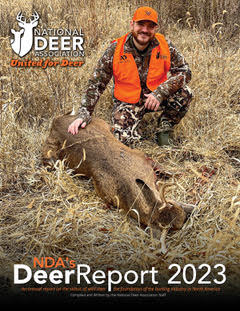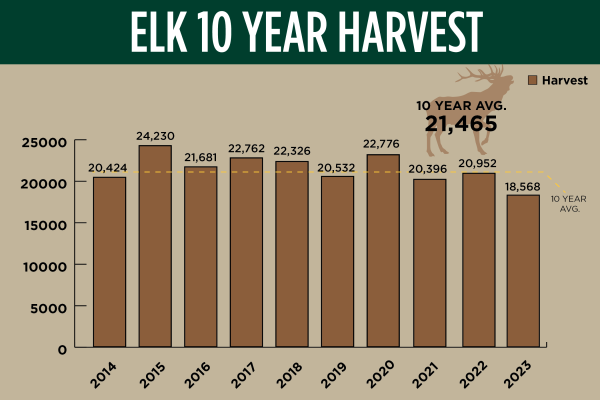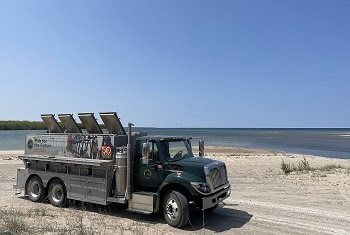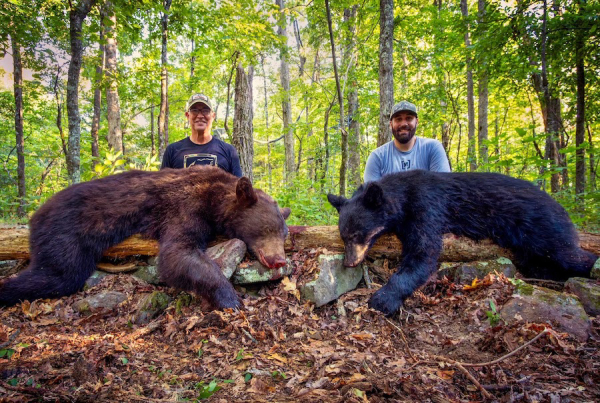U.S. Hunters Set New Record-Low Harvest Rate of Yearling Bucks
More 1.5-year-old bucks (yearlings) are getting a pass from deer hunters than at any time in modern history, according to data gathered by QDMA for its 2014 Whitetail Report, now available free online.
In the 2012-13 season, the most recent season with complete deer harvest data available from all states, only 37 percent of antlered bucks killed by hunters in the United States were yearlings, down from over 62 percent in 1988, the year QDMA was founded. Antlered bucks do not include “button bucks,” so this means that nearly two-thirds of antlered bucks killed by hunters in 2012-13 were 2.5 years or older.
“The trend is clear, more deer hunters are choosing the benefits that come from protecting yearling bucks and building numbers of older bucks in a deer population,” said Kip Adams, a wildlife biologist and QDMA’s Director of Education & Outreach, who compiles the annual Whitetail Report. “The decline in yearling-buck harvest has been more rapid in some states than others, and hunters in a handful of states still take high percentages of yearling bucks, but even in most of those states the trend is in the right direction.”
When most yearling bucks are protected and survive to adulthood, hunters witness more rut behaviors, get more responses with rattling and grunt calls, see more scrapes and rubs, find more shed antlers, and see and kill mature bucks more frequently.
“Deer hunting is just more fun and exciting when you protect most yearling bucks,” said Adams. “QDMA doesn’t recommend protecting every yearling buck, in fact we fully support and encourage youth and new hunters having the opportunity to harvest them if they choose. QDMA simply recommends protecting the majority of yearling bucks. We want hunters to know the benefits of having a more natural age structure and to realize how their hunting can improve when they graduate from taking yearling bucks.”
Voluntary restraint by hunters plays a significant role in reducing harvest rates among yearling bucks. QDMA found that among the five states with the lowest yearling-buck harvest rates, two of them, Kansas (14 percent) and Oklahoma (15 percent), do not have any mandatory antler restrictions at the state or regional level. Additionally, the national rate has been declining in recent years even without any new states adding statewide antler-based harvest restrictions.
“Though we recognize state-mandated antler restrictions are wanted and needed in some situations, we have always said we prefer this choice to be voluntary among hunters who want the benefits of an older buck age structure,” said Adams.
QDMA’s full report includes state-by-state yearling buck harvest rates, states with the most rapid drop in recent seasons, states with the highest percentage of mature bucks (3.5 and older) in their harvest, and more. Additionally, the report takes a look at trends in deer harvest by weapon type, deer tagging and reporting requirements by state, impacts of the 2012 hemorrhagic disease outbreak, public input in deer management by state, and many other topics.
Download a free PDF of the 2014 Whitetail Report here: http://www.qdma.com/corporate/
Order a printed copy of the 64-page report for $10 here: http://www.qdma.com/shop/





